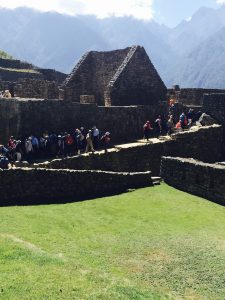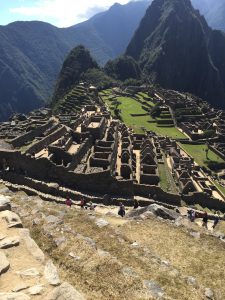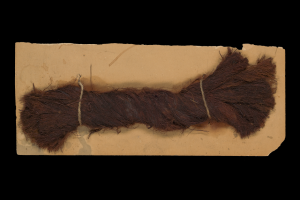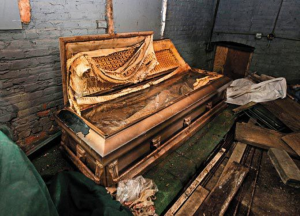The site of Machu Picchu is undoubtedly a crucial source of cultural and economic capital for Peru’s civilians and leaders. Still, the exact cultural patrimony of the site remains under debate, namely between the indigenous peoples of Peru, Peruvian government and criollos, Peru’s tourism industry, National Geographic, and Yale University.
Hiram Bingham III, who eventually received funding from both Yale and National Geographic, is often credited with the discovery of the Incan site. However, indigenous farmers had already been aware of Machu Picchu. The precedence that Yale and National Geographic have been given with the site has more often than not surpassed that of any other group, especially the indigenous descendants of those who have once occupied the site. As such, and as was argued in the class debate, Yale’s relationship with Machu Picchu is sullied with imperialist ideology. It is easy to see why there would be a reluctance to work with Yale as well as National Geographic in the present day repatriation of the objects.

Inner architecture of the citadel. Note the triangular stone working- probably meant to honor the spirits that take the form of mountains (Lubow).
The fact that the 5,000 Machu Picchu artifacts that Yale possesses are loans from Peru that have never been returned further justifies the incredulity there is in the negotiations regarding repatriation. If Yale’s return of the artifacts is conditional and there is no apology given for not returning the artifacts, then it can easily be argued that Yale is undermining the capacity of the country’s intellectuals and academics. If funding is an issue, then past perpetrators should be more than willing to place those who have been exploited at the forefront of further research and attainment of the discussed cultural patrimony, specifically in the jobs that they would like. This wasn’t presented in the debate until we neared the end. It is easy to feel that what we believe to be in the best interest of others is correct. It is certainly much easier than seeking the opinion of those who will live its consequences.
Economic, academic, and cultural goals can often come into conflict with each other. However, in class, Peru’s tourist industry was especially at odds with the rest of these interest groups. Unlike everyone else, tourism leaders in Peru want to increase the influx of tourists into Machu Picchu. Or will they be understood to be just as dynamic as the people who visit? Physical deterioration of the site is also something that needs to be taken into account. One suggestion was to use technology to create digital tours of Machu Picchu. Another was to move museums and cultural centers away from Machu Picchu, or sectioning off areas that were not accessible, thus filtering the influx of visitors to the actual site. Even if physical deterioration were to be minimized, there would undoubtedly be increased exposure to ancient and modern Peruvian culture. The manner of exposure would possibly be detrimental to the physical condition of the site. The cultural importance of the site as well as respect towards the inhabitants of the area will vary depending on the way that tourists are exposed to the site. Will the indigenous people in the area be seen as part of the scenery and as a group of uncivilized others who have been lost in time?
It is important to humanize the indigenous peoples of Peru. Not even the Peruvian government can be necessarily trusted to do this, as it is dominated by those of Criollo descent and education, again minimizing indigenous participation. Perhaps this humanization would entail decreasing the romanticization of Machu Picchu and the people of the area. It might be begin to be remediated by the government, through increasing access to education and increasing measures to decrease poverty among indigenous peoples. Still, in class, it was argued that one of the issues with removing the mythical attributes of the site would be decreased interest in tourism, and thus decreased revenue and exposure. In part, this is true. One possible way to cultivate respectful interest would be again, to let indigenous people be at the forefront of telling their stories, in whichever way they’d like. There is mysticality in the unknown, and the intricacies of of other cultures are rarely made known to members of other cultures.
Each of these interest groups can be a part of making Machu Picchu an area for learning and furthering of knowledge of the past. The 5,000 object that are in contestation must be repatriated, and indigenous people must be at the forefront of it. Still, the long term goals of acquisition of knowledge and economic sustainment through tourism. The objects should be repatriated without conditions. The most advancement is most likely to occur when other countries are willing to offer assistance rather than imposition when dealing with cultural patrimony.





